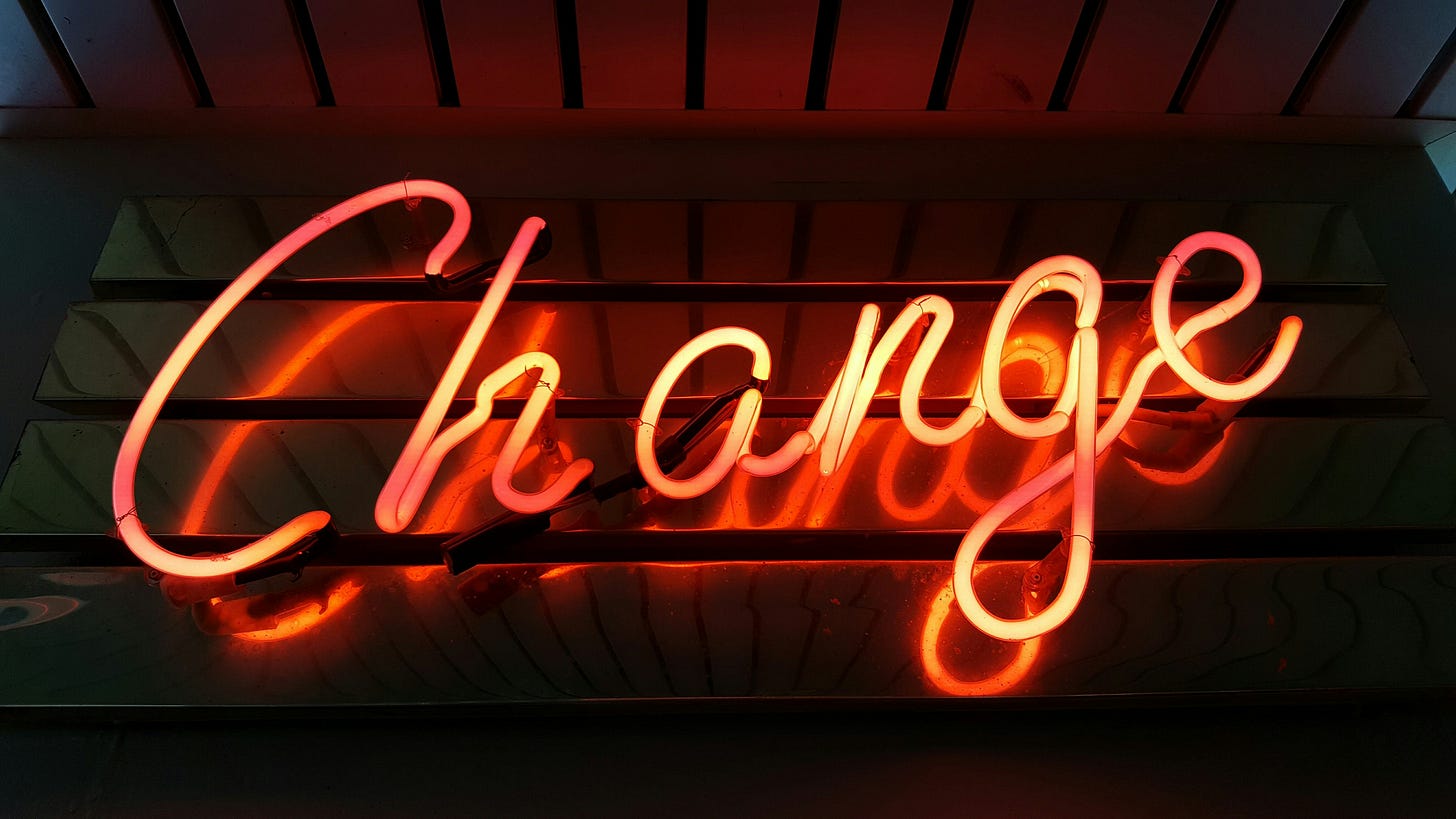Learning Culture Rituals
Think about the most successful product teams you know. What sets them apart isn't just their strategy or talent it's their ability to learn and adapt to change.
I got the chance to connect with PMs across industries and companies big and small at a recent dinner, where I was asked to talk about product rituals. What came to mind are rituals that help in fostering a learning culture, to ensure you have an adaptable, curios and motivated team.
Why?
Change is the only constant.

As a GM at Nextdoor responsible for Local Business Growth, I did not anticipate that Covid is coming, it was not in the plan, and when over 50% of local businesses shut down, my teams needed to throw out the strategy and put a new one in place quickly. Now, there are countless articles about how product management is dead (it’s not, it’s just different) and being eaten by AI. On top of that, where I thrive is innovation, learning and connecting the dots, it keeps me learning and motivated.
So what’s the benefit for the team?
One of the biggest team velocity killers is boredom, that does include doing more stuff faster, and focusing on learning re-directs team ambition back onto company impact and unleveling the team.
Think about it, you have or just hired amazing creative thinkers and executers. Now what would happen if they actually connected and learned from each other? You get the community effects of belonging and motivation, achieving goals together and also an upleveling of the hive mind.
Practical Implementation
At Braintrust, the recruiting marketplace where I was the GM my teams were tasked with not only building an AI SaaS Interviewer (which we did not know was even possible, when we started, turns out it is), but also make ourselves, operations and marketing significantly more effective through AI. However, just top down is usually not sufficient so I had to fall back on the learning rituals we already established and focus those rituals and the spaces we already built on learning AI.
Learning culture rituals
1. Bi-Weekly Learning Conversations
We had bi-weekly product conversations where we checked in on each other, reviewed PRFAQs, OKRs, the roadmap, processes and people. The last 20 minutes was reserved for a learning topic. People who went to a conference, or took a course shared their learnings. Sometimes we all read a book together and discussed it. Other times it was something one of the PMs was struggling with. To change it to AI as a learning topic I started with a prompt.
“How are you leveraging AI in your workday today?”
We had an asynchronous discussion to go through what people were trying, where people were struggling and even a wish list of capabilities functions wanted. For example at the time there were not many design accelerants that we found, but that changed over time.
Starting with prompts, being curious and coming up with a central repository of what people have tried, created natural connection points for people to get together and learn from each other.
2. Share examples
Team members started posting in slack micro questions, or examples of what they were doing. This helped spur more discussions and small groups peeled of to go deeper on a topic.
3. Training the Trainer
As people shared examples, natural train the trainer interactions started happening. It was up to me as the manager to listen to these conversations, and invite folks that are truly onto something to teach our function, or even the company.
4. Share Struggles
When we learn we are not great on day one, sometimes its the tools other times its us learning to use them, it’s scary. For example above is my attempt to get DALL-E to generate an image for this post, “share stroggles”and you can clearly tell that it’s just not right… but I am playing with it. Giving your team the permission to show what’s not working and debug and learn together helps individuals try more things and eventually become experts, or at least learn what’s not working and improves experimentation.
5. Company Showcase
To take the learning culture from seed within the product team, and make it a part of the company culture, showcases the work to lower the barrier to trying across the organization. When people see examples from their department, it gives them permission and empowerment to play, experiment, learn and share too.
Start with you
Creating a learning culture starts with you, and moving your perspective from always right to learning. That combination of curiosity and vulnerability uncaps self emposed constraints and enables your team to be much more effective and adaptable.
Elena Luneva is a former GM/CPO who built Braintrust’s AI SaaS business and took Nextdoor's Local Business pillar through rapid growth phases. Previously, she led product at Nuna (healthcare), LiquidSpace (real estate), OpenTable (restaurants), and BlackRock (fintech). Elena advises companies on growth, AI and product management and creates courses on business sense for product managers.





